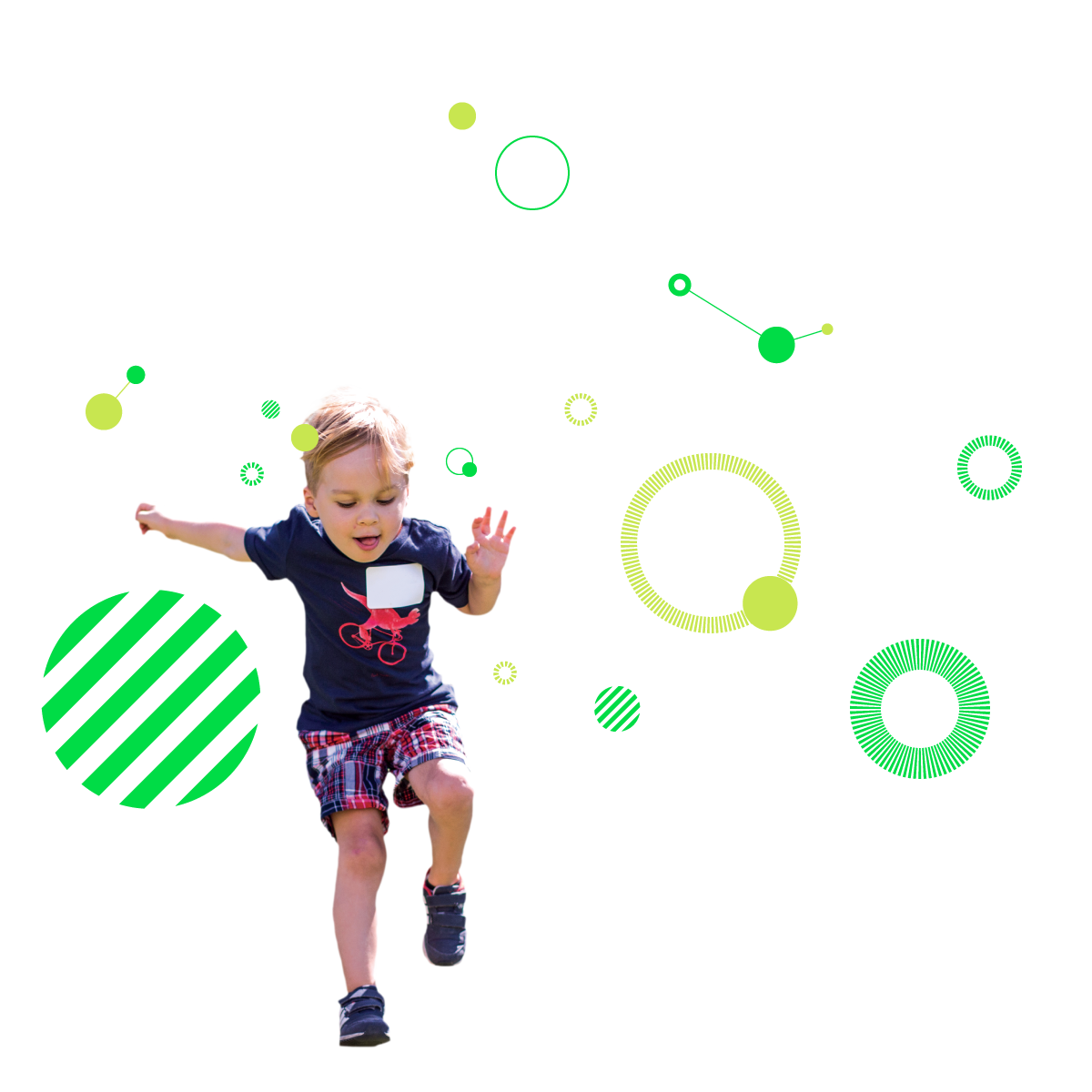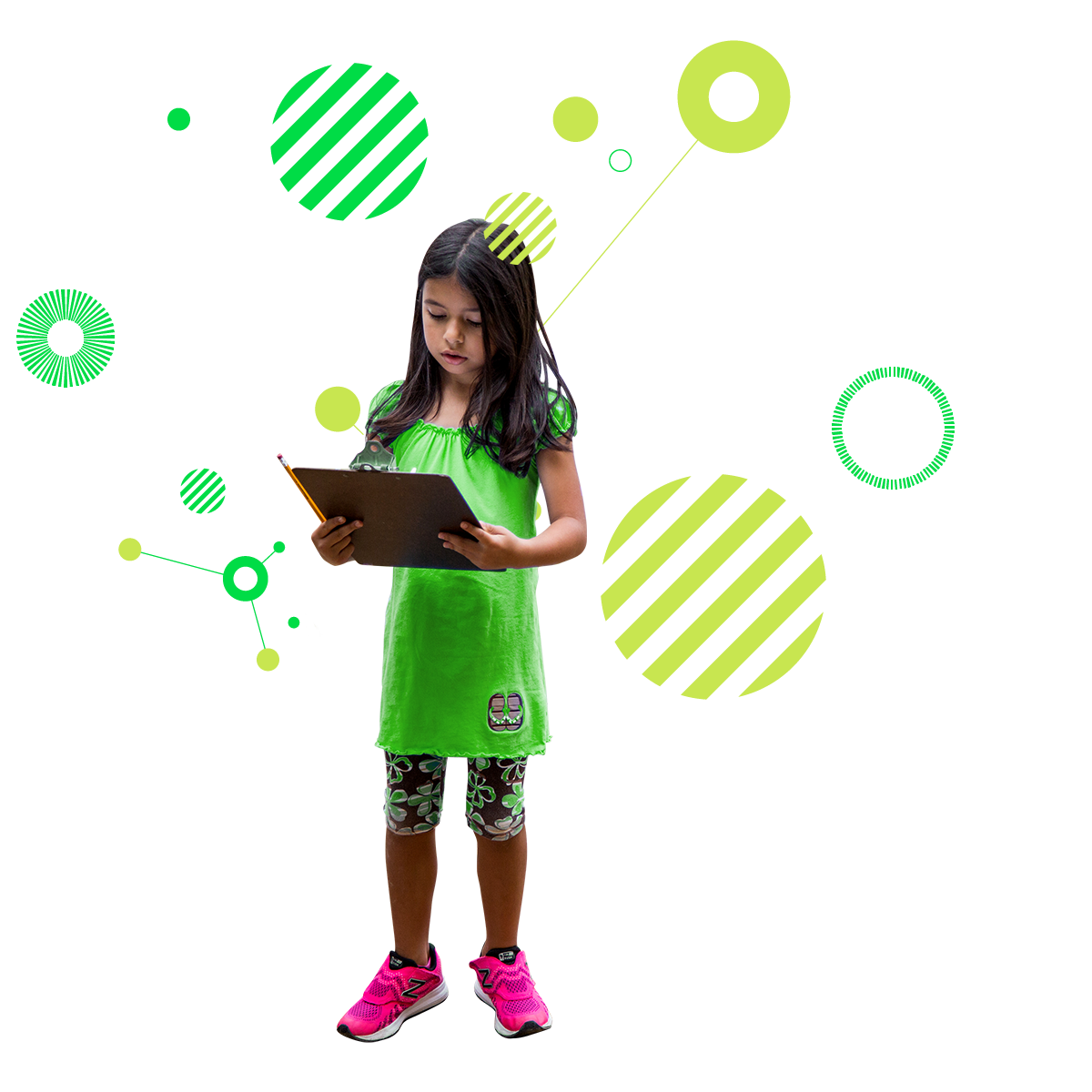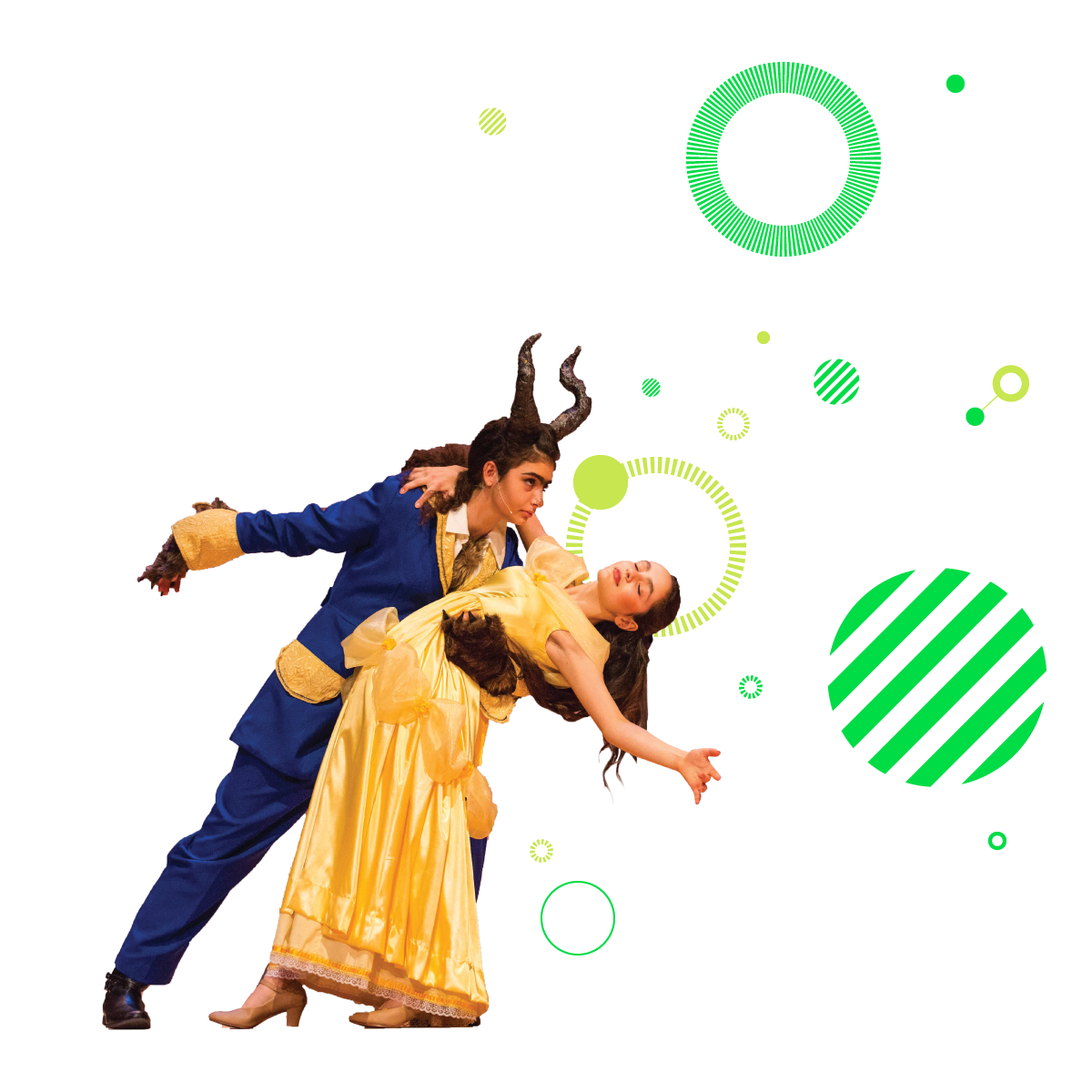
At Turning Point School, mathematics is not about rote memorization of formulas or facts. It is about teaching students to truly understand challenging mathematical concepts and then be able to demonstrate what they know in multiple ways. As many of you know, over the past several years we have paid particular attention to our math curriculum across all grade levels. As a result, the school is proud to boast a rigorous math program rooted in the practice of flexible thinking and real-world application. We have been honored to host math teachers and department chairs from several of our fellow independent schools as they talk to our teachers, observe our classes, and learn first-hand how math is brought to life at Turning Point.
Our student mathematicians learn how to organize and clarify their thoughts, and then share their process with others. They develop logical thinking routines in response to teachers’ modeling their own thinking through a problem, and then they refine their conclusions by listening to their peers and engaging in discussion. Students express their thinking by using manipulative tools and technology, recording their processes in journals; they learn to compare their knowledge with the demands of a problem.
We ask our students to reflect and monitor their understanding of processes and concepts, because this is how experts in a field of study approach a problem or challenge.
This commitment to conceptual understanding and flexible thinking can be observed at every grade level in mathematics. In Kindergarten, students learn place value. As children learn to count, it is generally rote counting: 1, 2, 3, 4, etc. But in this early stage of development, the one in 1, 10, and 100 can mean the same thing, even though they signify very different numbers. Our kindergarteners express numbers in excess of 10 in their “special” way: 11 is “one ten one”; 25 is “two tens five.”
Helping to build this understanding are “Ten Frames,” a 2 by 5 rectangular frame that students put counters on to denote numbers up to 10, helping students to “see” numbers. (Click here to view a fun example of how students in Ms. Lotts’ class used the Ten Frame in the beginning of the school year to count items collected from around the classroom).
Kindergartener Ace F. explained 15 to me: “This is one group of ten, and these five are the extras. One 10 plus five is 15.” Articulating 11 as “one ten one” is more logical than “eleven.”
First grade students employ this keen number sense in their strategies for subtraction, where they are encouraged to think of operations as “number stories.” Ms. Malonzo posed the problem: there are six cupcakes and someone eats two; how many are left? She asked students first to draw a picture of the “number story,” and then followed up with the important question, “What strategy would you use?”
One strategy students learn is the “number bond,” which involves the “parts” and “whole.” Students illustrated it on the board: 6 is the whole and there are two parts: one has a 2 in it, the other is the “missing part.”
Poppy S. explained that 6 is the whole “because we started off with 6 cupcakes” and explained that 2 is a “part” because “we took away two.”
While this may sound rudimentary to us subtraction experts, students are not only learning to think through a problem that could easily be solved by rote, they are also getting in the habit of explaining their thinking. Ms. Malonzo then asked them to write a “subtraction sentence” to match the number bonds: 6-2=4. Then students worked with their Ten Frames to physically manipulate the numbers.
From there, Ms. Malanzo changed up the language: What is one less than 4? Students now had to apply their knowledge instead of relying on the whole number being the number the problem starts with. She asked them to focus on the language and to write the subtraction sentence. Students figured out that even though it was at the end of the problem, they still start with the bigger number to write their subtraction sentences.
In this lesson, I saw some larger, more far reaching effects of students’ mental manipulation and flexible thinking.
When solving 9-2, Margaux H. came to 7 in a different way. She pointed out that “3 and 7 are friends of 10” so since 10-3=7, then 9-2 must have the same result. Sure enough, when she demonstrated her thinking on her Ten Frame, each of these computations left three frames, so she knew her answer was correct.
Down the line, this practice of organizing and clarifying mathematical thinking and number sense helped fifth graders with a project called “cutting the cake.” Ms. Wagner presented the challenge: Students had a “sheet cake” the size of a sheet of paper (8 ½” by 11”) that needed to be cut in eighths. What is the best way to cut the cake equally with no waste? Can you think of more than one way to cut the cake so that one piece from each cake is the same amount of cake as a piece from another cake? Students had to work together in small groups to distribute the pieces and to write an explanation of the comparison and defend the best way to cut and why. Students had to talk through their thinking with their group members to come up with a method that would ensure equal-sized pieces and a reasonable defense of their process.
Aoife O. jumped in and started folding and cutting the paper; Hugh C. measured the paper and formulated the dimensions of each piece of “cake.” Experimentation and mistakes were encouraged.
In seventh grade, for their culminating geometry project in Ms. Pritchet’s class, students were asked to design a community redevelopment project (food bank, homeless shelter, after-school program, public garden, animal shelter) using SketchUp to create a 3-D model. They had to incorporate the geometrical shapes they had been studying in pre-algebra with sustainable elements learned in their Environmental Studies class. Each student was the architect and construction manager for the project, and they had to manage a budget for expenditures.
Students had to calculate area and then budget for flooring and windows. This project integrated science, technology, engineering, art, and mathematics (STEAM) and incorporated real world application of mathematics. Students also had to try various solutions and approaches to balance the project’s requirements, from designing the building to balancing their budget to justifying their choices in writing and orally. As you can see, the final projects are very compelling!

Throughout these examples, and spanning all grade levels, we see teachers finding multiple ways to approach the underlying concepts of mathematics—this is tantamount to picking up a treasure and examining it from all angles and in differing lights to get to really know it and form a solid conclusion about its worth. As students engage in this multi-modal learning process, they exercise the freedom to generate their own thinking processes and methods, which allows them to develop a deep familiarity with the material being taught.
Across all subject areas at Turning Point School, this type of organized, clear thinking is a result of talking or writing through challenge to mastery—and as students practice it over and over, it becomes part of the foundation of knowledge upon which they tackle their next academic challenge. While rote memorization has its place in learning, the sweet spot of learning takes place in the journey between question and answer; a journey rooted in deep examining, questioning, collaborating, and understanding.
Laura
Dr. Laura Konigsberg
Head of School


































